Seán Kissane explores the work of Kevin Mooney, in which complex webs of history and cultural references abound
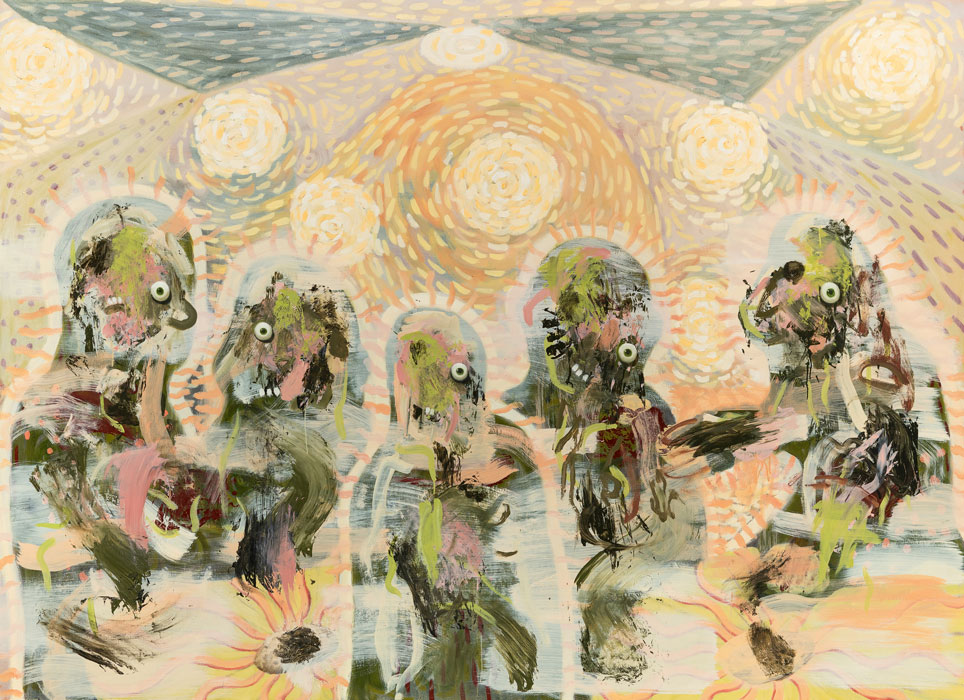
Seán Kissane explores the work of Kevin Mooney, in which complex webs of history and cultural references abound
Circularity, transformation and shapeshifting lie at the heart of Kevin Mooney’s painting practice. He mines Irish cultures in search of a new art history that might address the gaps in our shared material culture, impoverished as it was through colonial hegemony. He takes well-known and sometimes clichéd tropes of Irishness and looks at them askew. What is revealed is far less familiar and more uncanny than may initially have seemed the case.
An example is Ilcruthach (Fig 3). Ilcruthach or √âimhne fhial ilcruthach is a shapeshifting fairy from Celtic mythology. She is beautiful, but also malign, and moves through boundaries of human and animal, mortal and immortal, man and woman. Mooney’s painting captures this spirit in this process. Mooney piles a patchwork of mythological and contemporary references on top of each other to arrive at this image. At the centre of the picture is a vagina, derived from a Sheela na gig carved in stone and framed by fingers. Like C√∫ Chulainn, the figure has seven toes at the end of each of its legs. The stormclouds in the background could be giant wings, or a spiralling energy that evokes the special effects of 1980s horror movies. The different painting processes produce an expressionistic mood and this suggests the violence of the metamorphosis, giving the surface a haptic quality.
To read this article in full, subscribe or buy this edition of the Irish Arts Review
Circularity, transformation and shapeshifting lie at the heart of Kevin Mooney’s painting practice. He mines Irish cultures in search of a new art history that might address the gaps in our shared material culture, impoverished as it was through colonial hegemony. He takes well-known and sometimes clichéd tropes of Irishness and looks at them askew. What is revealed is far less familiar and more uncanny than may initially have seemed the case.
An example is Ilcruthach (Fig 3). Ilcruthach or √âimhne fhial ilcruthach is a shapeshifting fairy from Celtic mythology. She is beautiful, but also malign, and moves through boundaries of human and animal, mortal and immortal, man and woman. Mooney’s painting captures this spirit in this process. Mooney piles a patchwork of mythological and contemporary references on top of each other to arrive at this image. At the centre of the picture is a vagina, derived from a Sheela na gig carved in stone and framed by fingers. Like C√∫ Chulainn, the figure has seven toes at the end of each of its legs. The stormclouds in the background could be giant wings, or a spiralling energy that evokes the special effects of 1980s horror movies. The different painting processes produce an expressionistic mood and this suggests the violence of the metamorphosis, giving the surface a haptic quality.
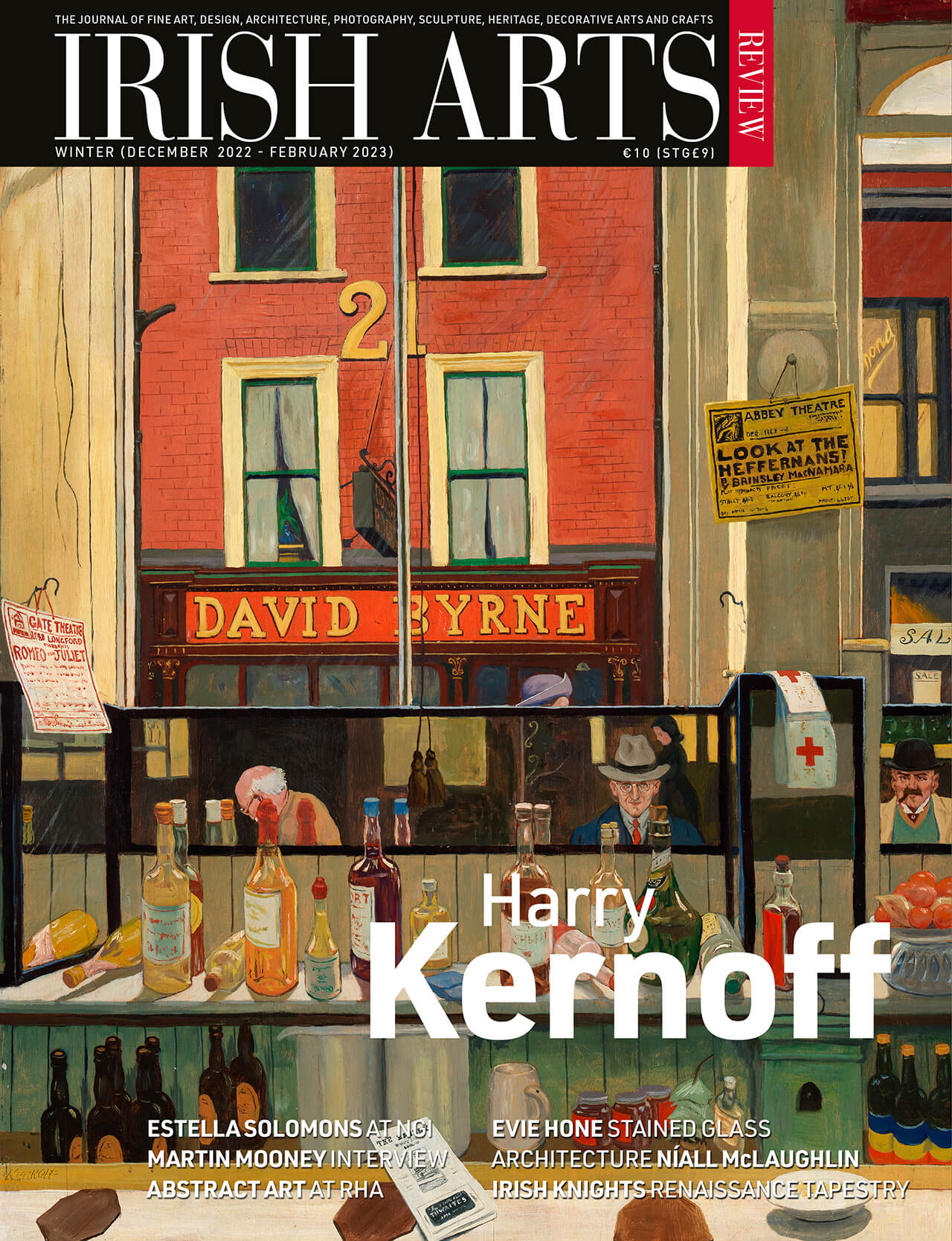
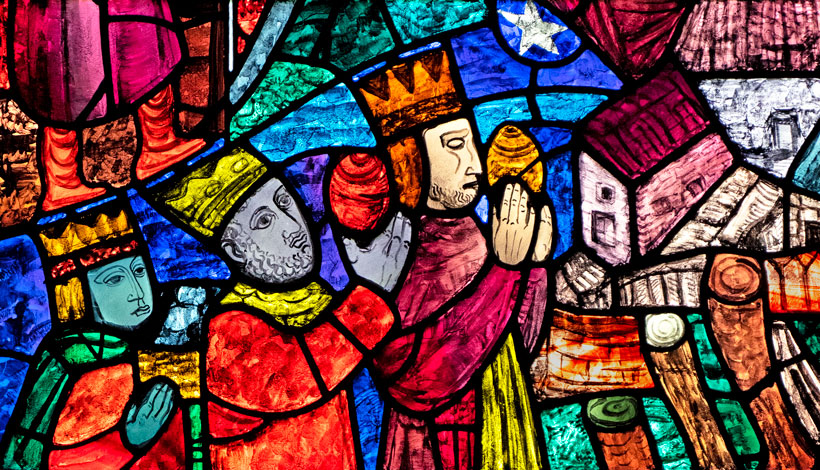
Joseph McBrinn charts the history of Evie Hone’s Tullabeg windows, which illustrate scenes from the life of Christ
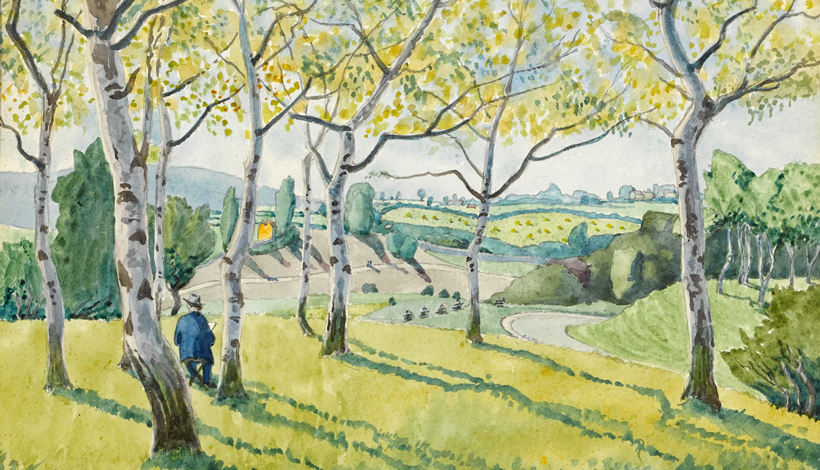
Brian Fallon remembers a modest exhibition that began a love affair with the work of Harry Kernof
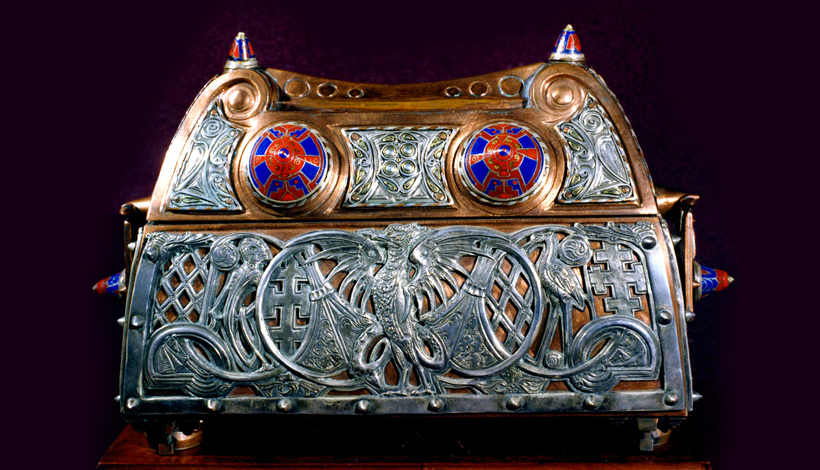
Síghle Bhreathnach-Lynch remembers a leading member of the Celtic Revival, artist Mia Cranwill